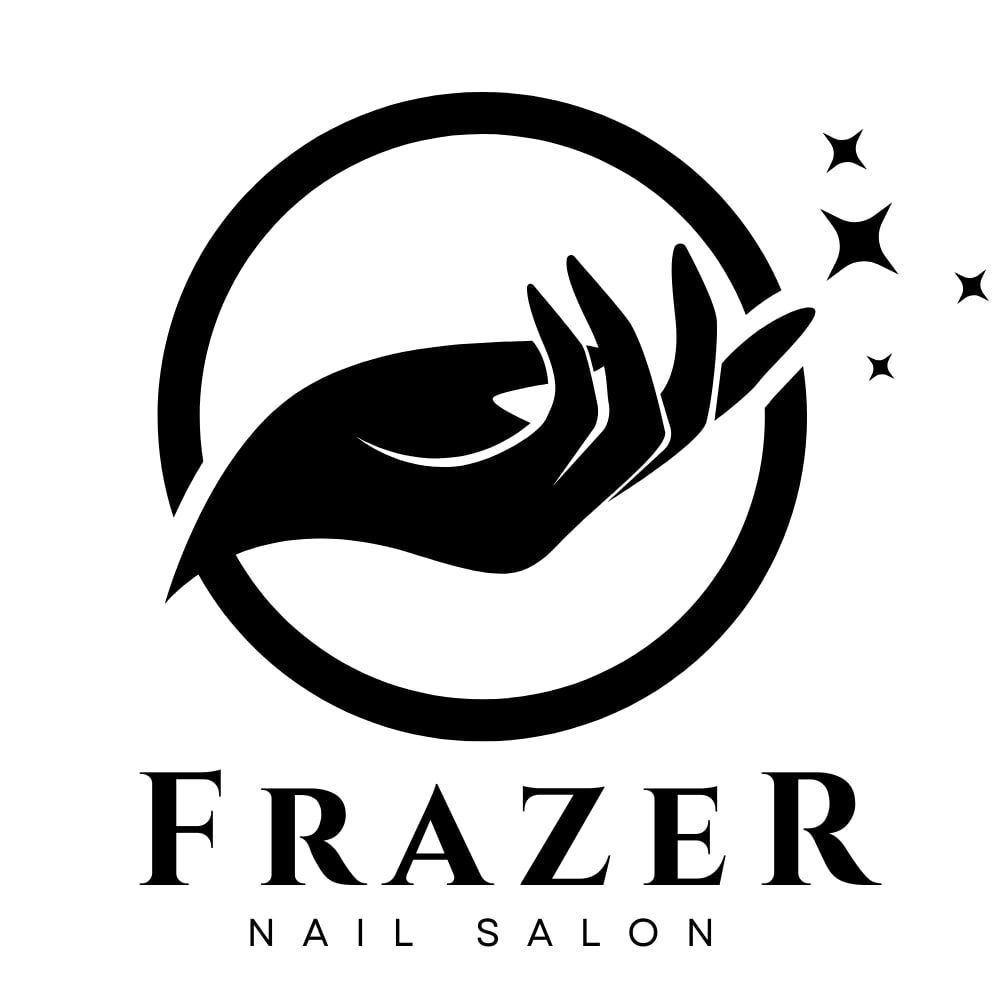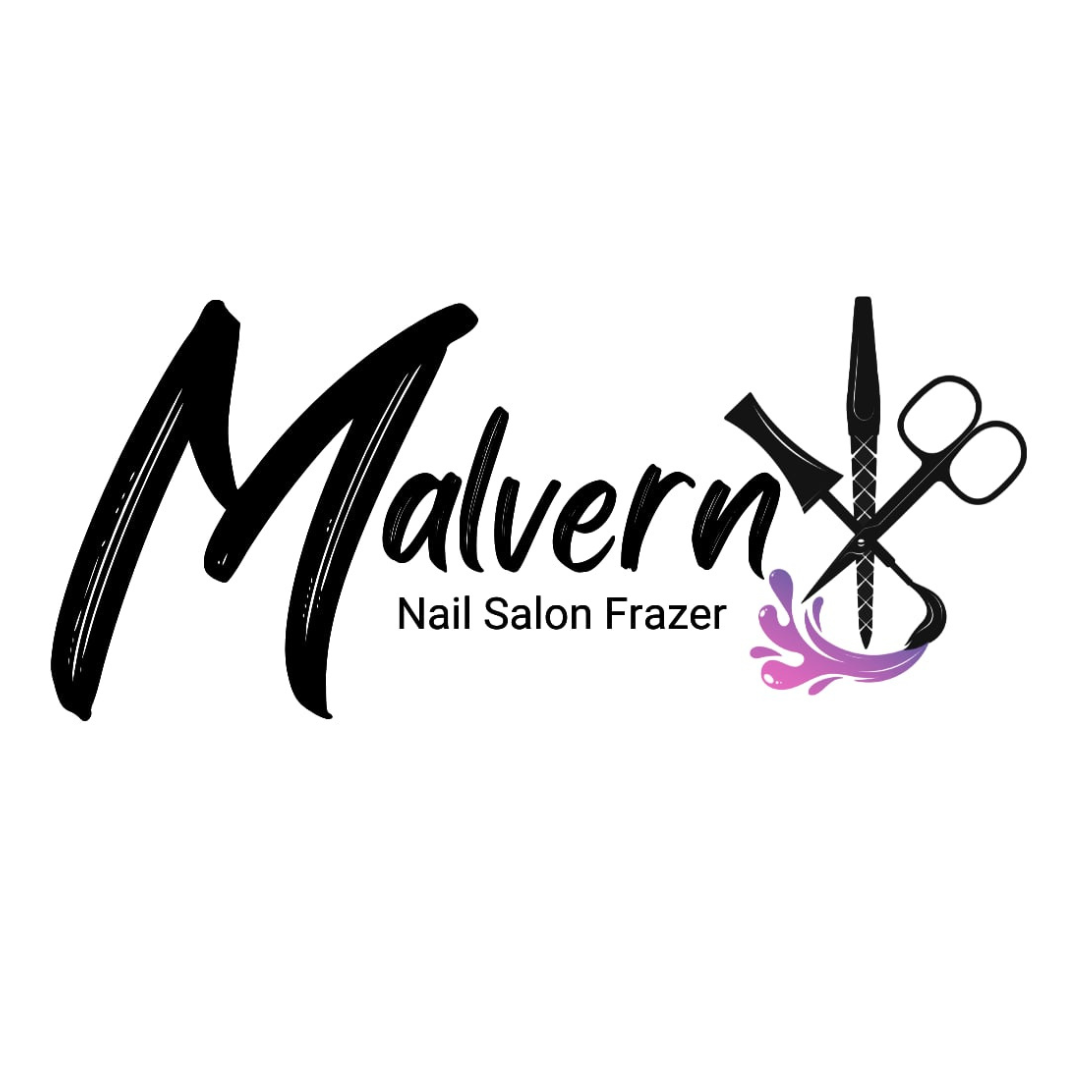Acrylic Nails and UV Exposure: Staying Safe at Frazer Nail Salon in Conshohocken
Acrylic nails continue to be one of the most sought-after enhancements in the nail industry due to their strength, durability, and versatility. For clients in Conshohocken who love stylish, long-lasting nails, acrylics offer endless possibilities. But behind the beauty lies a key process—UV light curing—that raises some important questions.
At Frazer Nail Salon in Conshohocken, we prioritize not only your nail aesthetics but also your health. With UV light playing a critical role in setting certain acrylic and gel-based topcoats, many clients are curious: Is UV light safe for your skin? How does it affect your natural nails? And what can you do to protect yourself?
This guide explores the science behind UV light in nail services, its potential risks, and how you can maintain healthy, protected hands while enjoying your acrylic sets.
What Is UV Light and Why Is It Used in Nail Salons?
UV (ultraviolet) light is a form of electromagnetic radiation with wavelengths shorter than visible light. It’s found naturally in sunlight but also used in controlled doses in devices like tanning beds and UV lamps at nail salons.
In nail services, UV light plays a vital role in curing gel-based products. For acrylics, this typically involves sealing with a gel top coat, which needs UV or LED light to harden and create that glossy, protective finish.
Does Acrylic Itself Require UV Light?
Pure acrylic nails—created by mixing a liquid monomer with a powder polymer—do not require UV light to harden, as they cure through air exposure. However, many hybrid systems or gel top coats over acrylics do involve a final UV curing step.
Potential Risks of UV Light Exposure During Nail Treatments
While the use of UV light in nail salons is generally brief and controlled, repeated or prolonged exposure over time can lead to some concerns:
1. Skin Aging
Exposure to UV rays, even in small doses, can accelerate signs of aging in the hands—such as fine lines, wrinkles, and age spots—by breaking down collagen and elastin in the skin.
2. Increased Risk of Skin Cancer
Chronic exposure to UV light may slightly elevate the risk of basal cell carcinoma or melanoma, especially in individuals with sensitive or fair skin. Though the risk is low, cumulative exposure matters.
3. Nail Dryness and Brittleness
While UV light doesn’t damage acrylic itself, over-curing gel topcoats or frequent exposure can lead to dryness of the nail bed, making your natural nails more prone to cracking or thinning over time.
How to Protect Your Hands and Nails from UV Damage
At Frazer Nail Salon, we take every precaution to ensure our clients are not only satisfied with the appearance of their nails but also protected throughout the process. Here’s how you can shield your skin and nails from unnecessary UV damage:
1. Apply a Broad-Spectrum SPF Before Your Appointment
Apply a water-resistant sunscreen with SPF 30 or higher on your hands (excluding the nails) about 20 minutes before your appointment. This creates a protective barrier against UV radiation during the curing process.
Pro Tip: Mineral sunscreens containing zinc oxide or titanium dioxide are especially effective because they form a physical shield rather than being absorbed into the skin.
2. Use UV-Protective Gloves
Ask your technician for UV-blocking manicure gloves—or bring your own. These gloves expose only your fingertips while protecting the rest of your hands. They’re a simple and stylish solution to keep premature aging and pigmentation at bay.
3. Minimize UV Exposure Time
While the exposure during a single manicure session is minimal, ask your nail technician if LED curing is an option. LED lamps require less exposure time than traditional UV lamps and emit lower levels of UV radiation.
4. Take Breaks Between Acrylic or Gel Sets
If you frequently wear acrylic or gel enhancements, consider taking breaks between sets to allow your nails and skin to recover. This downtime gives your natural nails space to breathe and your skin time to restore moisture and elasticity.
5. Keep Your Nails and Cuticles Moisturized
After every appointment, apply cuticle oil and hand cream to maintain hydration. Healthy, well-moisturized skin is more resilient to environmental stressors like UV light.
Nail Care Tips While Wearing Acrylics
UV protection isn’t the only consideration when wearing acrylic nails. Here are a few key habits to maintain strong, healthy nails beneath your enhancements:
- Don’t peel or pry off acrylics. Improper removal damages your nail beds.
- Avoid using nails as tools. This prevents lifting and premature breakage.
- Stick to your fill schedule. Visit every 2–3 weeks to avoid overgrowth and potential lifting.
- Give your nails downtime. Taking occasional breaks helps prevent long-term thinning or weakening.
Are LED Lamps Safer Than UV Lamps?
Yes, LED lamps cure faster and emit a narrower spectrum of light that’s less harmful than traditional UV lamps. Although both types use ultraviolet radiation, LED devices require shorter exposure times, which reduces your risk of cumulative skin damage.
At Frazer Nail Salon in Conshohocken, we offer LED-curing systems whenever possible, especially for clients who have skin sensitivities or prefer low-exposure alternatives.
Final Thoughts: Beauty and Safety Can Coexist
UV light is a powerful tool in the nail care industry, allowing for smooth, long-lasting finishes on acrylic and gel nails. However, understanding its potential risks and using the right protective strategies can ensure that your experience is both safe and satisfying.
At Frazer Nail Salon in Conshohocken, we go beyond aesthetics. Our technicians are trained not only in delivering flawless nail enhancements but also in advising clients on long-term nail and skin health. Whether you're coming in for a quick acrylic refill or a full set with gel finishing, your safety and satisfaction are always our top priorities.
So next time you sit down for a stunning set of acrylics, remember: a little sun protection goes a long way—inside and out.

